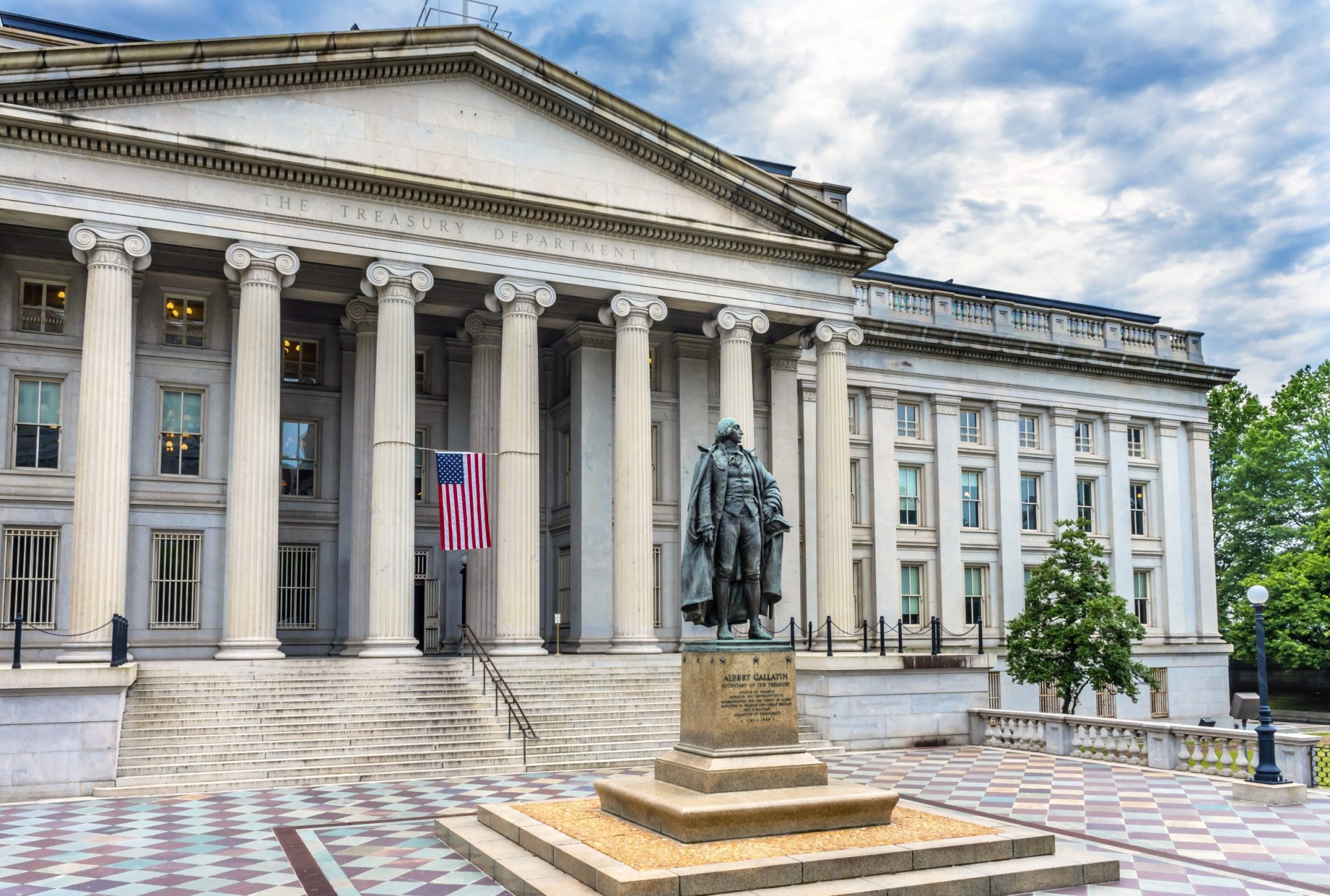Summary Recommendation
Within the first 100 days of the Biden administration, the U.S. Treasury Department should publish its first-ever National Corruption Risk Assessment about the financial networks of oligarchs and kleptocrats, reviewing case studies and methods to assess vulnerabilities and risk.
That report should feed into the inaugural national strategic anti-money laundering (AML) priorities statutorily mandated to be issued by June 30 from the Financial Crimes Enforcement Network (FinCEN), which should also publish advisories later this year about Russian laundromats, bribery throughout China’s Belt and Road Initiative, and any domestic corruption around coronavirus relief.
Introduction to Treasury’s War on Corruption
The Biden administration has signaled through speeches, articles, and interviews that one of its top policy priorities will be combating corruption and kleptocracy. Treasury is uniquely positioned to put flesh on the bones of that mission as the only part of the U.S. government with a foothold in each area of the domestic and international financial systems needed to root out dirty money and apply pressure on kleptocrats and their oligarch proxies.
But like the successful effort to combat the financing of terrorism (CFT) after 9/11, Treasury must proactively rally its policy, regulatory, enforcement, and intelligence capabilities around a new war on corruption. A swift way to jump-start the process of bringing Treasury’s rich expertise on corruption to bear would be collaboration on an important assignment: Prepare Treasury’s first-ever National Corruption Risk Assessment.
Background on Treasury Risk Assessments
Treasury’s Office of Terrorist Financing and Financial Crimes (TFFC) and its predecessors have been drafting roughly 50-page reports assessing AML/CFT risks every few years since Congress mandated the first one for AML in 1999 and Treasury introduced one for CFT in 2015. In 2017, Congress required Treasury to start also issuing an overarching National Illicit Finance Strategy that incorporates the AML/CFT risk assessments.
The Trump administration came into office at the time when authoritarian malign finance and strategic corruption were clearly on the rise. But instead of drawing attention to these growing threats, the Trump administration’s main change to Treasury’s risk posture set forth by TFFC—overseen by an assistant secretary who in 2002 was a Defense Department official warning about Iraq building weapon of mass destruction (WMD) infrastructure and who later served as Trump’s special envoy for arms control—was to introduce Treasury’s first-ever risk National Proliferation Risk Assessment. WMD proliferation financing is very important and should remain on Treasury’s radar, along with other persistent threats such as drug and human trafficking. But WMD proliferation has been a widely known threat for decades, and Treasury should be careful not to signal without good reason that the risk is suddenly rising.
National Corruption Risk Assessment
Under the Biden administration, TFFC should introduce the first-ever National Corruption Risk Assessment, focused on the financial networks of major kleptocracies and associated oligarchs, reviewing case studies and methods to assess vulnerabilities and risk.
To draw public attention to these issues, Treasury should declassify and publicly disclose in the report new information about Russian malign finance. This disclosure could be limited to an unreported case study, similar to how a 2018 sanctions press release revealed that Kremlin-connected oligarch Oleg Deripaska and a GRU officer who works for him bankrolled a pro-Russian political party in Montenegro (ahead of a 2016 election that was a de facto referendum on NATO membership). A stronger option would be to release an assessment (if it can indeed be confirmed by the U.S. intelligence community) about how the FSB’s Directorate K, which is officially supposed to investigate financial crimes, actually does the opposite by overseeing and controlling Russia’s biggest money laundering channels into the West, ranging from the Moldovan Laundromat to the Deutsche Bank mirror-trading scheme (as reported by Catherine Belton on pages 408-410 of Putin’s People).
The National Corruption Risk Assessment might also cover how Chinese companies and executives engage in bribery and other forms of graft to secure business contracts throughout the Belt and Road Initiative. Domestic U.S. corruption should also be covered, such as if Treasury is able to quickly identify any cases or risk factors of potential favoritism around big recipients of coronavirus relief funding. Finally, the report should explain how ill-gotten gains are laundered through dealings in real estate, fine art, and trade.
This work could be repurposed to inform at least five studies that Treasury is required to conduct this year under the recent National Defense Authorization Act (NDAA), including reports on Chinese money laundering (Sec. 6506), Russian illicit finance (Sec. 9714b1), art dealers (Sec. 6110c), trade-based money laundering (Sec. 6506), and authoritarian malign finance, kleptocracy, corruption (Sec. 6508). All these mandated reports are due a year after the NDAA was enacted (i.e., by January 1, 2022). However, there is an important legal reason why the National Corruption Risk Assessment should be completed roughly within Biden’s first 100 days: Then FinCEN would have time to incorporate it into its inaugural set of national strategic AML priorities, which are statutorily due within 180 days of NDAA enactment (for example, by June 30, 2021).
National Strategic AML Priorities
One of the most important reforms in the NDAA was the codification of a paradigm shift that has emerged as a new consensus in the financial enforcement community in recent years: that regulated financial institutions focus too much on technical compliance and not enough on designing risk-based programs that are effective at producing outcomes to protect the financial system and safeguard national security. In addition to clarifying that broader purpose of the law (Sec. 6101a), the NDAA required financial institutions to incorporate into their risk-based programs the national strategic AML priorities that FinCEN is now required to publish at least once every four years (Sec. 6101b). Treasury must ensure that FinCEN’s national strategic AML priorities are consistent with TFFC’s National Illicit Finance Strategy (which FinCEN can interpret broadly as also including other relevant sources of information, such as the national risk assessments that feed into the National Illicit Finance Strategy, an approach FinCEN had planned to take in its recent regulatory proposal along these same lines).
That is, when banks investigate whether their customers might be bad actors who should be reported to law enforcement, they will have to keep an extra close eye out for risks that Treasury determines to be national priorities, whether that’s WMD proliferators or Russian oligarchs. Moreover, a four-year presidential administration may only get one chance to put its stamp on these priorities, and that opportunity is due by June, which is why a National Corruption Risk Assessment should be published within the next couple months.
FinCEN Advisories
For the past 25 years, the main channel through which FinCEN communicates guidance to help banks target their due diligence and reporting compliance is through the ad hoc issuance of advisories. These are 5-10 page reports offering typologies and red flags around a single type of threat, such as one issued earlier this month on coronavirus-related fraud.
Over the past four years, FinCEN advisories have covered how political corruption works in Nicaragua, South Sudan, Venezuela, and worldwide. Surprisingly, throughout its history of issuing 173 advisories, FinCEN has never issued one dedicated to Chinese financial threats (having only substantively mentioned China once in a 2019 advisory on fentanyl trafficking) and only ever issued an advisory about Russia once back in 2000 (which was withdrawn in 2002 because “Russia has enacted significant reforms to its counter-money laundering system”).
To help feed into TFFC’s work on a National Corruption Risk Assessment, FinCEN should immediately start collating and analyzing the information it has about Russian laundromats uncovered by the OCCRP, Chinese Belt and Road corruption, domestic corruption around coronavirus relief, and other corrupt politicians and their facilitators. FinCEN should also plan to repurpose this work by issuing advisories on each of these topics at some point this year.
Similar inputs to the National Corruption Risk Assessment should be offered by the Office of Foreign Assets Control (which has built up substantial knowledge of international corruption in recent years through Global Magnitsky sanctions) and the Office of Intelligence and Analysis (which should have a wealth of information to share around oligarch networks and can help represent important sources-and-methods equities involved in decisions about potentially declassifying revelations about Russian malign finance). Many offices at Treasury will bring substantial resources to the war on corruption, and the best way to start bringing them together is by publishing a National Corruption Risk Assessment.
The views expressed in GMF publications and commentary are the views of the author alone.





